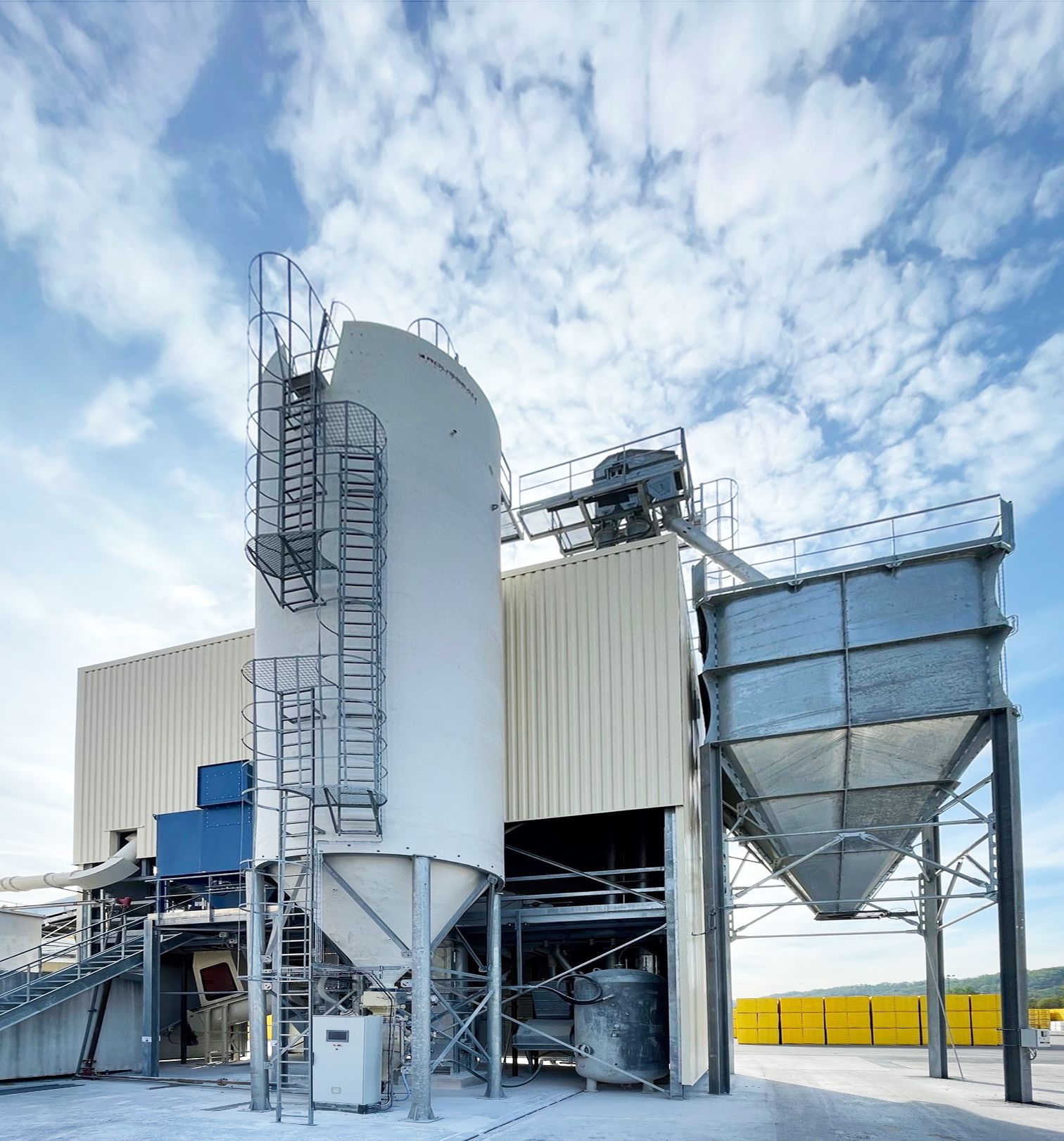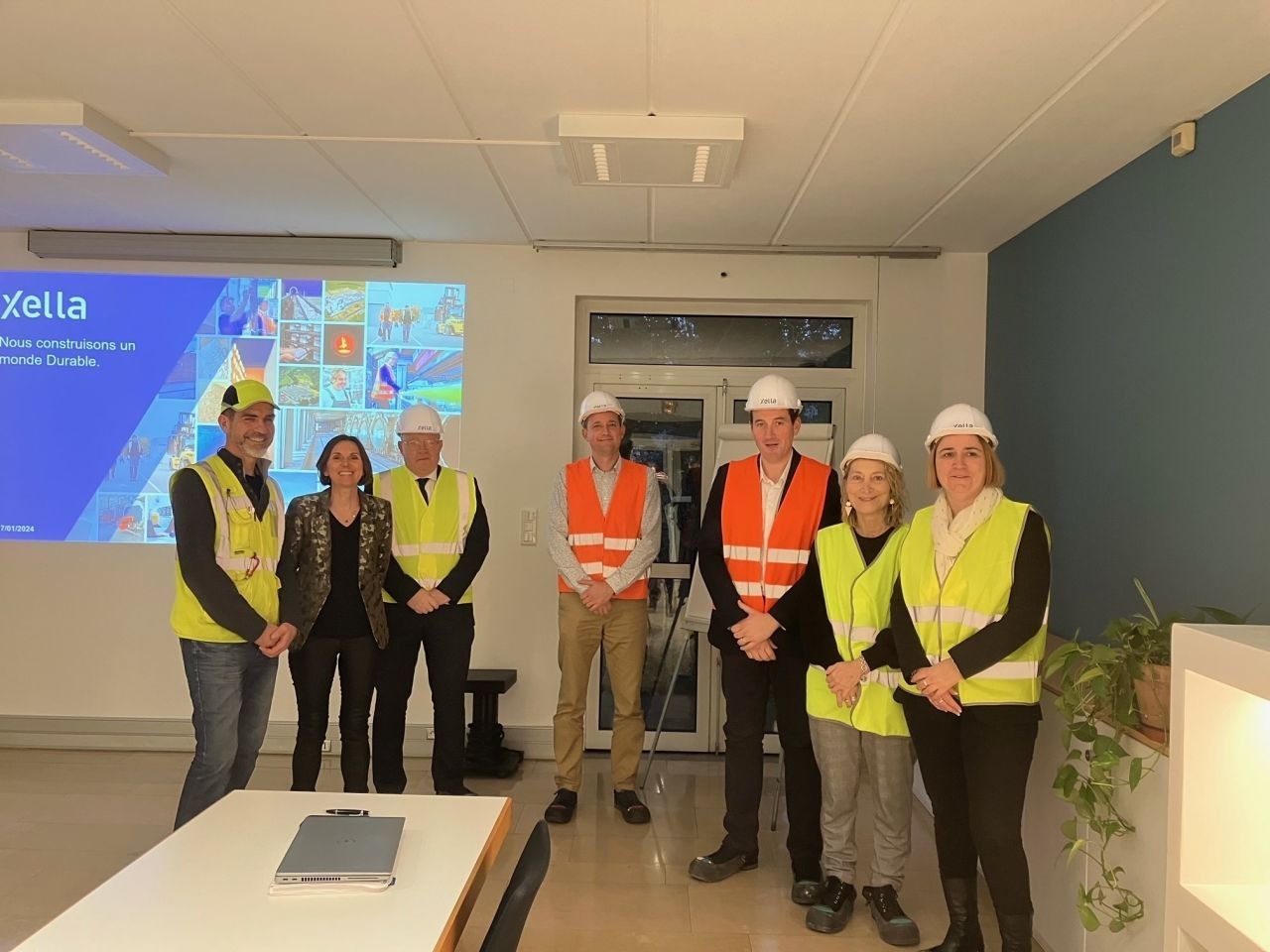Saint-Savin is located between Lyon and the Alps and has just over 4,000 inhabitants. Ytong AAC has been produced here since 1989. While one-third of the autoclaved aerated concrete produced by Xella in France is sold under the Siporex brand in DIY stores, two-thirds is sold under the Ytong brand through building materials retailers. This approach helped stabilize sales, especially during the corona pandemic, as construction work was suspended in many places and AAC is still a niche product in France.
A role model in ESG
At the Saint-Savin plant, 32 employees work in three shifts to produce around 700 m³ of autoclaved aerated concrete per day. While one-third of the autoclaved aerated concrete produced by Xella in France is sold under the Siporex brand in DIY stores, two-thirds is sold under the Ytong brand through building materials retailers. The Saint-Savin site is a real role model in the area of corporate social responsibility, for example in occupational safety. In addition, to improve employees' professional development opportunities and expertise, the number of annual training hours will be increased by 10% by 2025.
The plant has also developed a process for recycling the powder residues remaining from production. For this purpose, it was necessary to modify the AAC formulation and set up appropriate equipment.
Improved sustainability through innovative ideas
To reintegrate leftovers into the production process, the plant has invested €1.1 million overall in a new shredding and screening machine just outside the facility. This equipment enables it to recycle as much production leftovers as possible locally, particularly in AAC production, where over 50% of the total leftovers are reused. This also helps reduce transport costs and CO₂ emissions by 50%. Through this step, Xella France aims to save €350,000 annually by reusing its own materials while not having to buy and thus conserving natural resources that would normally be part of the product recipe. In fact, the results have exceeded expectations, with transportation costs reduced by 60%, translating to a decrease of 1,015 tons of CO₂e per year.
Today, the crusher processes 50 tons of leftovers daily, producing 25 tons of powder and 25 tons of pre-granulates. "We also save energy, as the powder, unlike sand, is already crushed. Additionally, there’s a significant positive impact on the safety of our handling and transport teams," says Sébastien Ray.
Looking ahead, the plant’s goal is to invest further in the crusher to enable it to sell the aggregates. This would mean that production scraps are no longer considered waste to be disposed of but rather valuable aggregates to be commercialized. Once again, the plant is turning a limitation into an opportunity and can take pride in developing this innovative solution independently.

